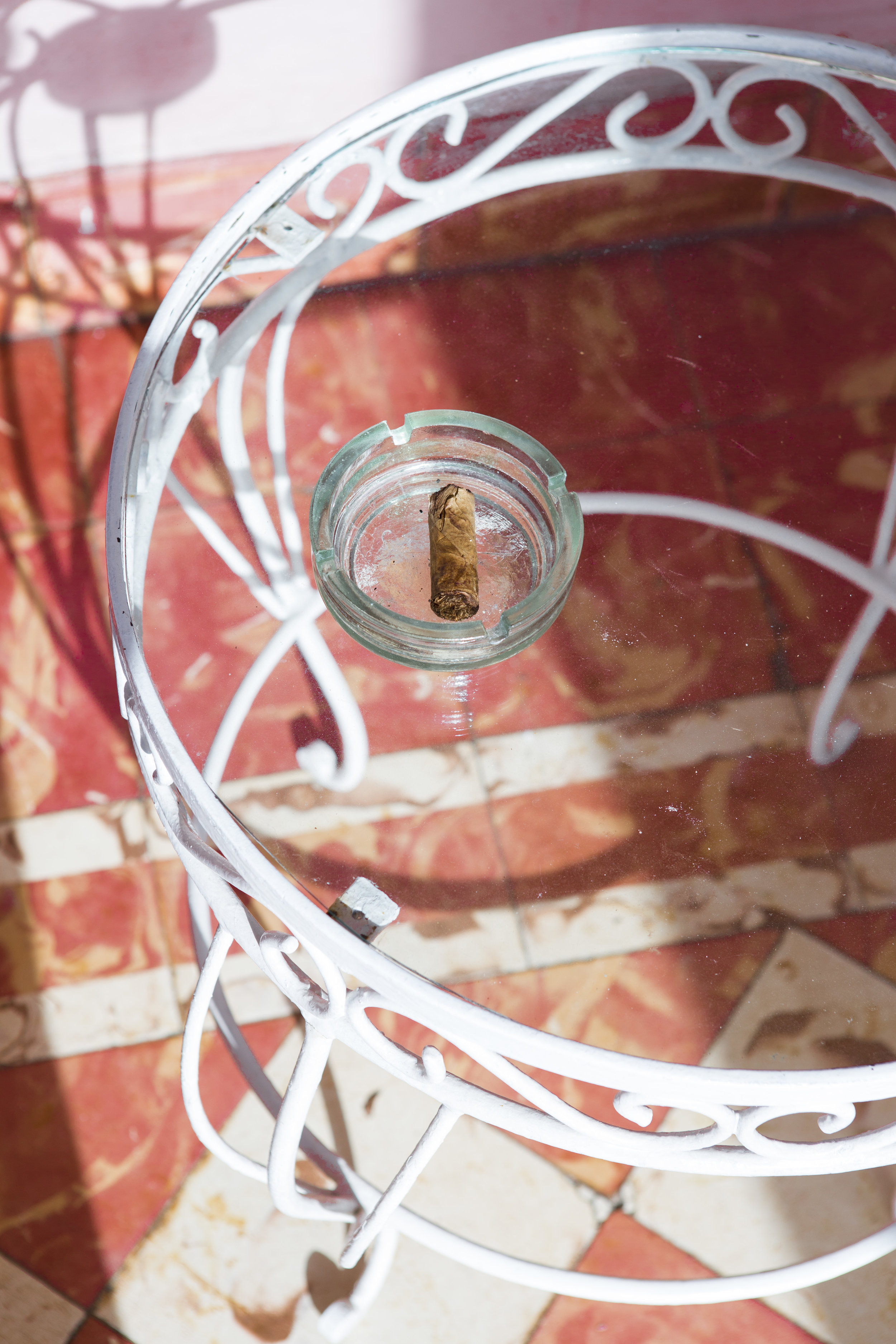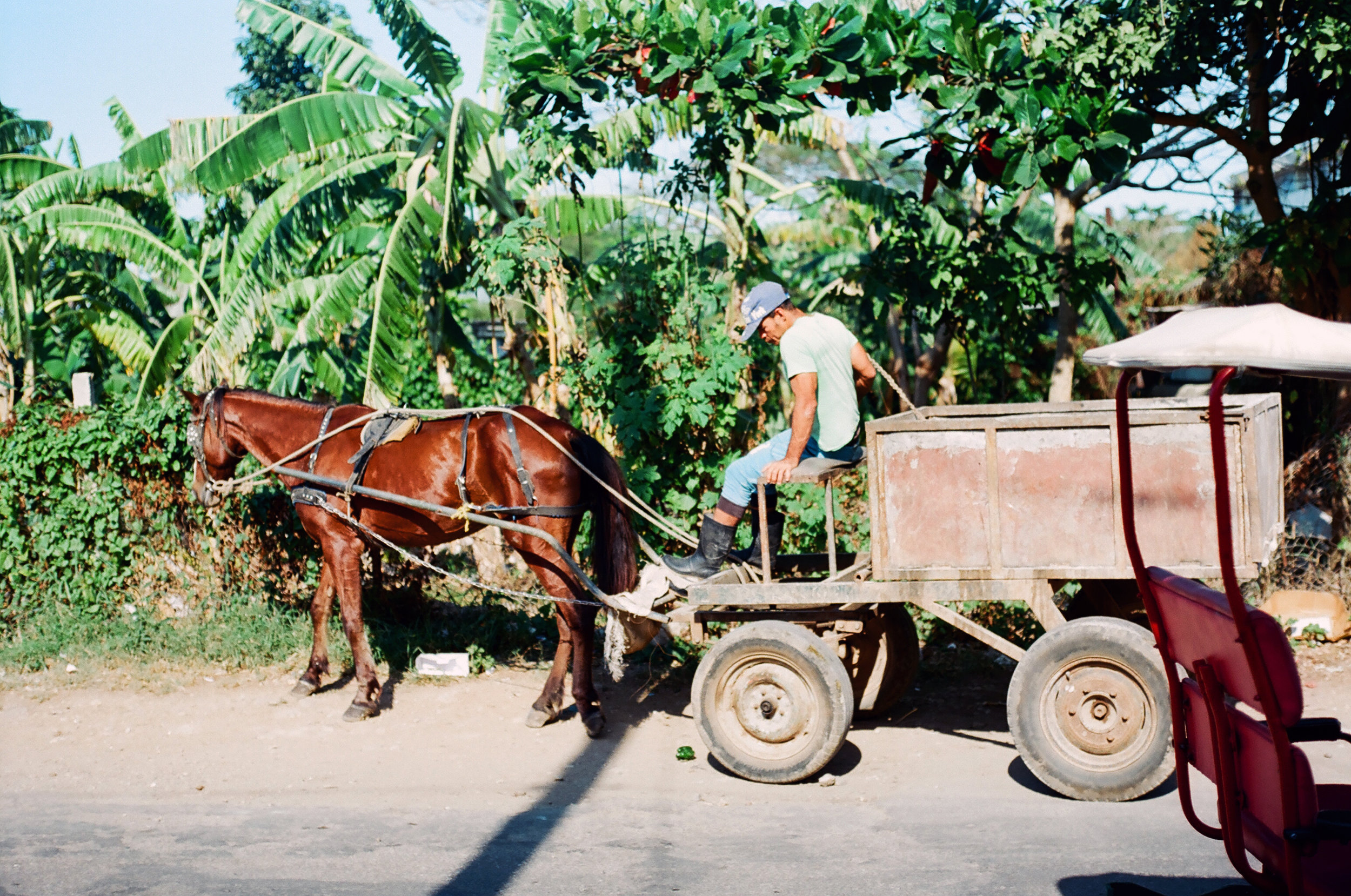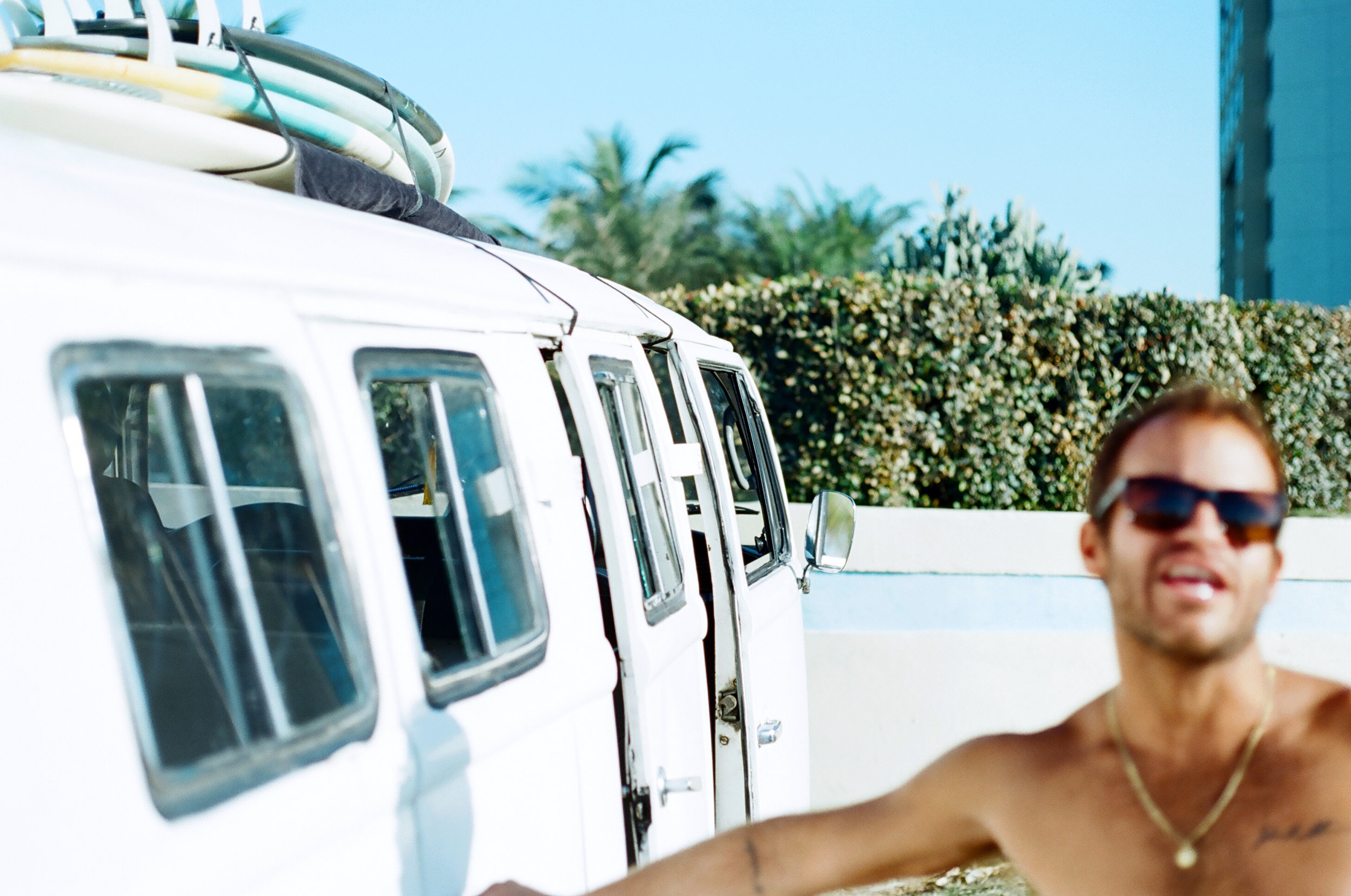QUE BOLA CÜBA
Stay Wild
The curtain is pulled back for the sincerely interested.
Story by Justin “Scrappers” Morrison
Photos by Corina Barnick, Adam Walker, and Sera Lindsey
If you are open. If you are willing. If you are sincerely interested.
One trip to Cuba will change your life.
So consider this story a warning. Don’t go unless you’re willing to come back changed.
As someone who grew up in the States during the tail end of the cold war embargo, Cuba has been a concept more than a place. It’s a dark wise woman with tropical flowers in her hair smoking a giant cigar swaying in the breezy musical flow of The Buena Vista Social Club soundtrack while handsome vintage cars honk a friendly “Que bola?” (“What’s Up?”). Turns out Cuba is way more complex than a random café poster or National Geographic cover would ever suggest.
The wind-tossed waves hit the dry reef shore with brutal playfulness. On the way to feel the water, we stepped over a baby goat body. A couple steps later, we saw its decapitated head. We came to surf, but something told us to learn more about this place before getting into the water.
We are not tourists. We are visitors with hungry minds. We try to learn about other people’s homes from over their shoulders when they are kind enough to share what they love. We are traveling from different places to Cuba: Corina Barnick from Costa Mesa, Alejandro Moreda from Puerto Rico, Sera Lindsey from Wyoming, Adam Walker from Huntington Beach, and me from Portland.
Before flying direct to Havana from Los Angeles, we reached out to a local surfer Yaliagni Guerrero, or Yaya. I asked Yaya where some good local spots to paddle out were, but she and her amazing group of friends would become our family and share everything awesome about their home with us for this story.
Yaya suggested we bring surfboards, fins, leashes, wax, swimwear, and pretty much anything sold at a surf shop since Cuba doesn’t have any of that stuff. We brought everything from the list we could carry, including a Tanner longboard, four Portland-shaped Blackfern boards, and three other beater boards as gifts. Yaya’s future husband Reinier La Rosa, or “Reai,” said they often use candle wax when surf wax isn’t around.
The surf scene in Cuba is a refreshing frontier. The Cuban government has historically kept the sport and lifestyle from developing. There are only about 80 surfers on this island nation, and they work way harder than most surfers in the world just to get into the water. One early morning as we prepared to paddle out, we were approached by Cuban police. They spoke directly, stating in Spanish that we were not to get into the water. This isn’t uncommon, and thankfully our friends knew how to handle the situation. They told the officers that we were training for the 2020 Olympics. A basic truth (not really) that quickly granted us permission to surf. We were monitored by one armed guard, who was about the same age as us if not younger. Once the truck of officers departed, he took the opportunity to film the surf session a little on his phone, with a secret smile across his face. Viva Cuba!
Frank Guerra and Yenia Prieto are two of the amazing surfers we met while “training for the Olympics.” They have a baby teething on freshly rolled cigars. No, I really saw it happen and it was really cute, so don’t judge! This baby also plays with dolphins, like living breathing dolphins! Her childhood is enchanting and it’s all due to her sweet parents work at the Cuban National Aquarium as dolphin trainers. Yaya also works there as a seal lion trainer. We all have mixed feelings about the business of keeping wild animals in captivity, but our friends need to work to live, so why not do a job that keeps them connected to the sea.
Sea shells are home to hermit crabs. They are also home to a man who looks like Pablo Picasso, but his name is Hugo Solis. Hugo combs the beach in his neighborhood outside of Havana called Santa Fe looking for broken shells, broken coral, broken glass, and any sort of treasure that washes up. He then brings it back to one of the purest holy folk art sites I’ve ever had to honor to visit. For over 23 years, Hugo has been covering his home in seashells in an effort to inspire his neighborhood. The economic situation has been fucked up here for a long time. There is no middle class, but life at the bottom is rich. Hugo’s shell house is a monument to Cuban resourcefulness and grace.
Santa Fe is also home to Cuba’s first female tattoo artist. Ana Lara runs a small shop called Zenit Tattoo. She was an architect for six years making $10 a month. Nothing was being built, so she took a risk by investing in herself and her art, creating an independent tattoo business out of it. It worked so well, she’s now teaching other women how to do it. Sera, Adam, Ale, and I all got tattoos from her. She didn’t have a flash book to choose artwork from, so I doodled a bunch of random things inspired by this adventure really quick and we got those tattooed onto our skin. I’ve never had my art tattooed before, so I’m still super high from the excitement.
One morning we got up early to surf a spot called El Bajo. The waves were shoulder-high at a break that often barrels before slamming into the thick cement wall just barely protecting the neighborhood from the sea. It was sketchy, but Ale jumped in with locals like Reai and Frank. Our Puerto Rican friend Ale is a full-on pro surfer who rides at all the big competitions around the world. Watching him in the water laughing and sharing stoke with the small group of locals really made clear how surfing brings people together. Oh, and yes he totally shreds!
While Ale was out there I couldn’t help but notice all the trash in the water. Every wave was full of plastic bags, plastic bottles, and other plastic junk that won’t be biodegrading anytime soon. There was even a plastic lawn chair the surfers had to look out for as the waves would pick it up and launch it occasionally. We heard the trash came from the river that flows through the city. There doesn’t seem to be any recycling options in Cuba, but they sure make up for it in their re-usefulness. Take the vintage cars for example. Mostly all the automobiles on the road have been repaired and re-repaired for generations. If something breaks, you fix it. I noticed that all of the homes in the neighborhood we stayed in used communal garbage dumpsters. it felt very communistic. We were all in the garbage together.
The next surf break we visited was Setenta in Miramar. The shore was toothy sharp reef and the waves were breaking in about 5-ft deep water. You could really fuck up your surfboard and body here if you got sloppy. We found that decapitated baby goat here. I noticed some women in billowy gowns shaking rattles at the reef’s edge. They were shredding colorful fabric, chanting, and tossing a dead bird carcass into the water. I don’t know anything about Caribbean religious practices, but they were clearly making an animal sacrifice at this surf spot.
I don’t think Cori knew the water was being chummed for alligators when she paddled out with a couple of other locals. The water was crystal clear and the waves were ideal for her graceful style of surfing. I don’t think any of the locals have ever seen a surfer like Cori in the water before. Every wave she caught turned heads and inspired twinkling eyes.
Reai’s sister Rosali La Rosa paddled out on one of the Blackfern boards I brought from Portland. Seeing this made me cry. In Cuba there are no surf traditions, only individual pioneers, slowly creating a community through their own fresh culture. Rosi is one of the first female surfers in Cuba. She’s making cultural history. She is free to grow without being influenced by the mainstream surf industry. I’m crying again. She’s beautiful.
Cuban culture is complex, but I see a basic combination of three things here: colonial Spanish mestizo flavor, practical Communistic togetherness, and vivid Caribbean voodoo.
If you’re reading this, I urge you not to visit Cuba like an entitled butthole tourist. Remember to give more than you take. Cuba’s economy needs socio-eco-responsibly-minded visitors who want to preserve this cultural identity, not capitalize on it. Cuba is the new Iceland. All of you are going to visit it soon. Just keep in mind that to truly love this place and its people, you have to let it be what it is. if you’re sincerely curious, the curtain will be pulled back for you.
Oh, one more thing. The really cool vintage cars have no brakes.
































